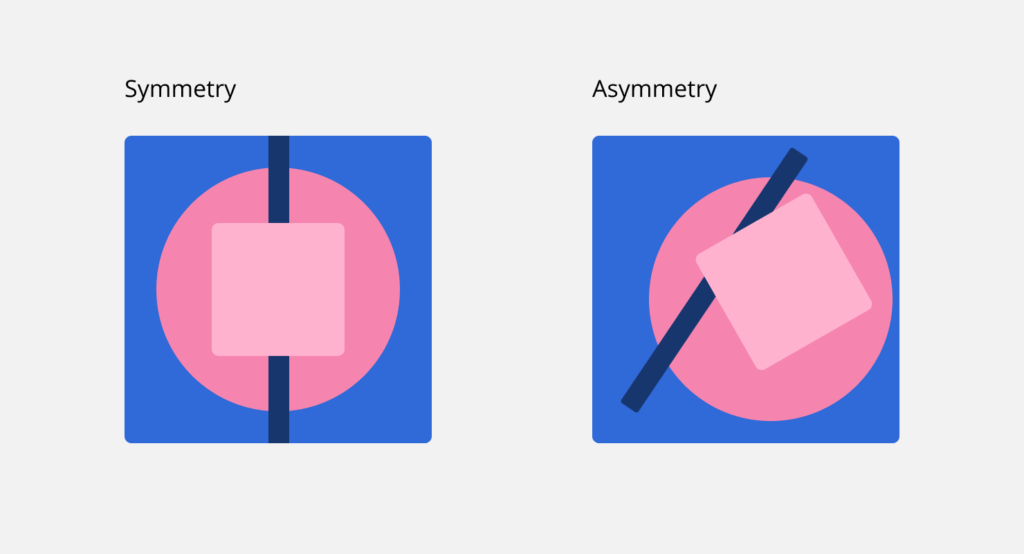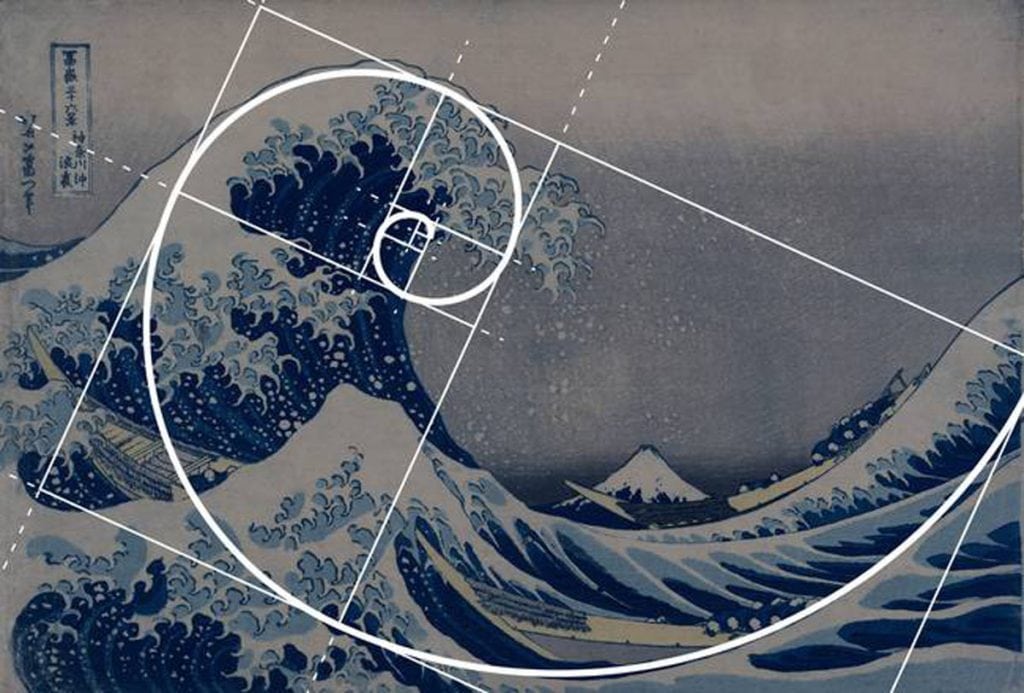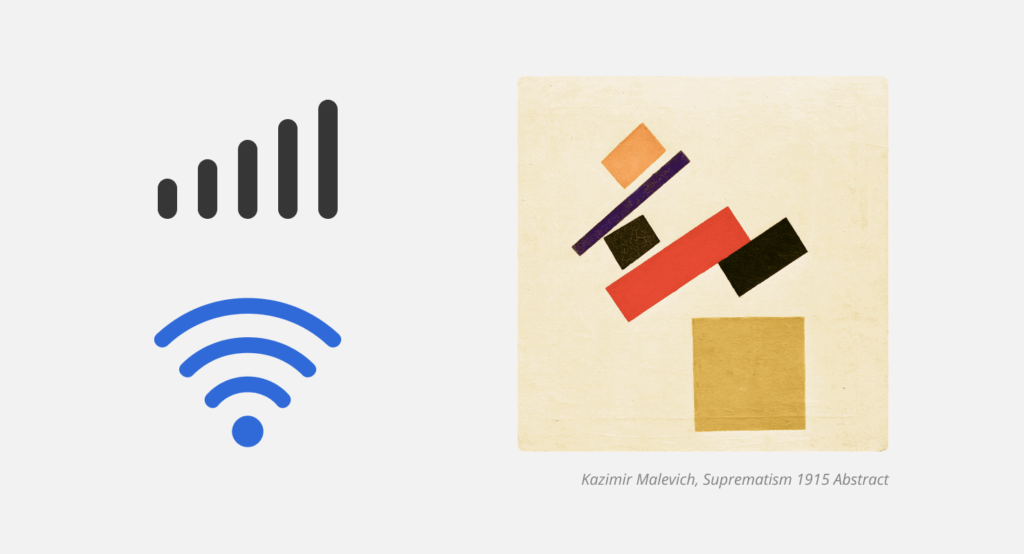
Understanding composition in visual art is essential for any aspiring artist. The foundation supports how visual elements are arranged in a work, guiding the viewer’s eye and delivering the intended message. Mastering composition can transform your work from ordinary to captivating.
What Is Composition in Visual Art?
To begin with, composition in visual art refers to the arrangement of elements—such as line, shape, color, texture, and space—within a work. A strong composition not only helps tell a story but also evokes emotions and creates visual harmony. In essence, it is about organizing elements in a way that feels intentional and effective.
Why Composition in Visual Art Matters
Great composition doesn’t always demand attention, but you feel its effect. It brings balance, focus, and rhythm to an artwork, helping the viewer navigate the piece naturally. Without good composition, even technically skilled works can feel flat or confusing.
Learning the principles of composition is crucial for beginners. They offer a framework for structuring artwork, whether you’re sketching from life or creating abstract digital designs.
Key Principles of Composition in Visual Art
1. Balance in Art
Balance refers to the visual weight of elements in a composition. It can be symmetrical (mirror-like) or asymmetrical (more dynamic). A well-balanced artwork feels stable, while an unbalanced one can evoke tension—useful if that’s your intention.
- Symmetrical balance provides a sense of calm and formality.
- Asymmetrical balance is more energetic and often used in modern or abstract works.

2. Focal Point
The focal point is the part of an artwork that draws the viewer’s attention first. This could be a subject’s face in a portrait, a bright color in a monochromatic piece, or a dramatic contrast in a landscape.
Use contrast, placement, and detail to create a strong focal point. Avoid cluttering your composition with too many competing elements.

3. Rule of Thirds
A standard guideline in photography and painting, the rule of thirds divides the canvas into nine equal parts using two horizontal and two vertical lines. Placing essential elements along these lines—or at their intersections—creates a more engaging and balanced composition.
It helps break the monotony of centering every subject and encourages dynamic layouts.
4. Leading Lines
Leading lines are visual paths that guide the viewer’s eye through the composition. They can be literal, like roads or rivers, or implied, like a figure’s gaze or the alignment of shapes.
Effective use of leading lines creates depth and movement within the artwork.

5. Negative Space
Negative space is the empty or open space around subjects, and plays a decisive role in defining the subject and creating composition.
Mastering negative space can enhance clarity and add elegance to your work.
6. Contrast and Harmony
Contrast—light vs. dark, warm vs. cool, or textured vs. smooth—adds drama and interest. Meanwhile, harmony ensures that all parts of the composition work together cohesively.
The key is balance: use contrast to draw attention and harmony to hold everything together.
Typical Composition Mistakes Beginners Make
Here are a few traps to avoid mistakes with composition in visual arts:
Overcrowding the canvas can diminish the impact of your artwork; remember that sometimes less is more. Make sure your main subject has enough space to breathe.
Do not neglect the background as it should support the focal point instead of distracting from it.
Centering everything in your composition can lead to a static or uninspired feel. Consider varying the placement of elements for a more dynamic look.
Ignoring viewer movement is also a pitfall; your composition should guide the viewer’s eye smoothly through the piece, rather than allowing it to wander aimlessly.

Tips for Improving Your Composition Skills
Studying masterworks involves analyzing how renowned artists utilize composition in their works. Creating thumbnails entails making small sketches to explore different layouts before finalizing a piece. Practicing cropping, or adjusting the frame, can significantly impact the composition. Additionally, seeking feedback is important, as fresh eyes can often catch details you’ve overlooked.
Composition as a Creative Tool
Learning composition it’s about understanding the visual language that makes art compelling: once you grasp the basics, you can break those rules with intention and confidence.
Whether you’re creating realistic paintings, bold graphic design, or experimental mixed media, composition in visual art is the tool that transforms your ideas into visually powerful statements.










